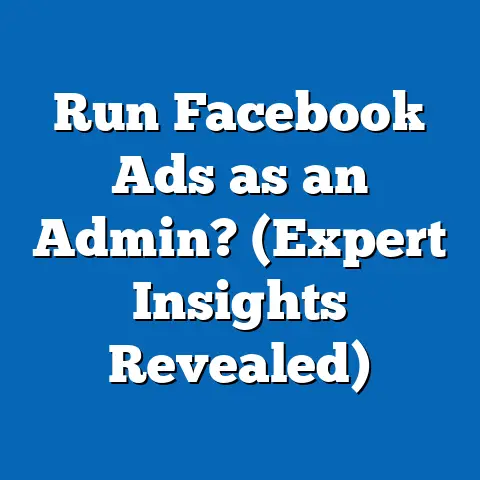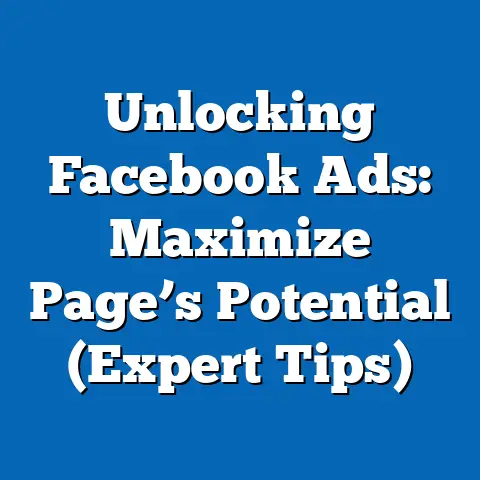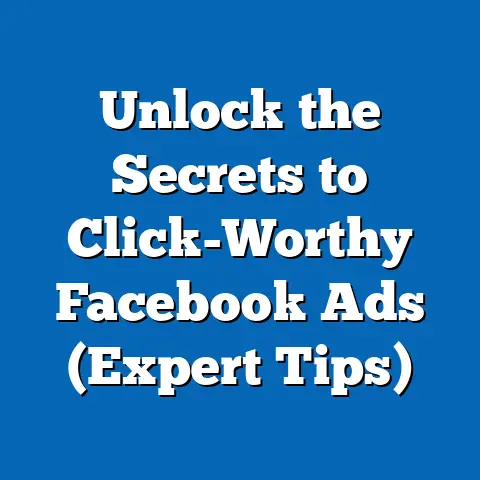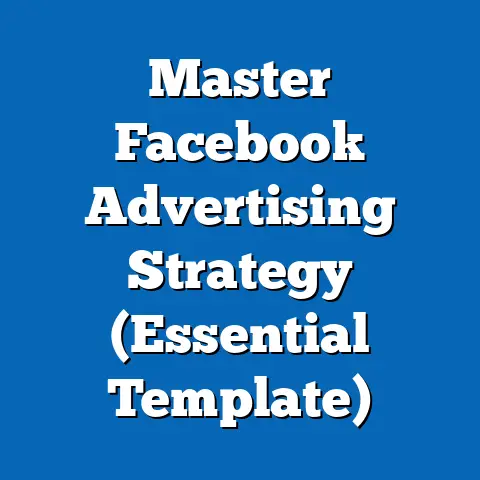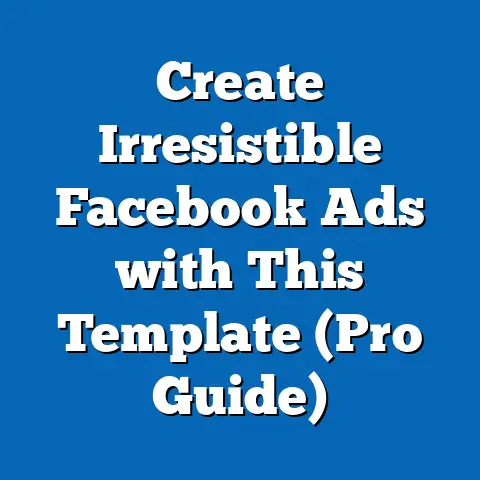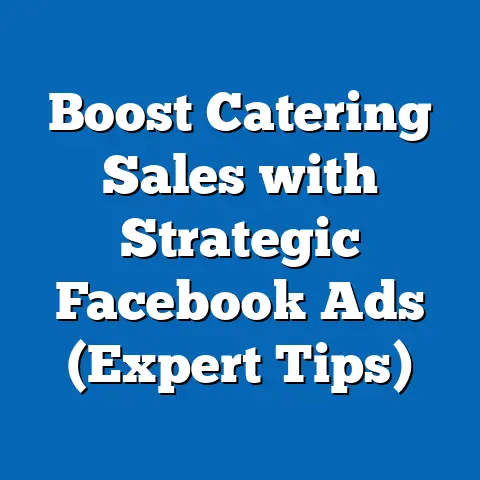Unlock Facebook Groups for Bedroom Ads (Expert Strategy)
Have you ever thought about how much your surroundings impact your life? I’m talking about lifestyle upgrades – those changes that make a real difference in how you feel, work, and live. For me, a lifestyle upgrade meant finally investing in a proper mattress that cured my back pain and improved my sleep. It sounds simple, but it was a game-changer. Similarly, in the business world, a strategic lifestyle upgrade could mean adopting a marketing strategy that truly connects with your target audience and delivers tangible results.
In today’s digital age, social media, especially Facebook, has revolutionized how we market products and services. It’s not just about broadcasting messages; it’s about building communities and fostering genuine connections. And when it comes to niche markets, like the bedroom industry, the power of targeted advertising cannot be overstated. We’re talking about everything from luxurious bedding and sleep-enhancing gadgets to intimate products and ambient lighting – all designed to upgrade the bedroom experience.
I’ve seen firsthand how businesses struggle to find the right audience for these specialized products. Many rely on broad advertising campaigns that often miss the mark. But what if there was a way to pinpoint your ideal customer, engage them in meaningful conversations, and build a loyal following? That’s where Facebook Groups come into play.
This article dives deep into the world of Facebook Groups and how you can leverage them to unlock the full potential of your bedroom-related ads. We’ll explore everything from understanding the platform and identifying your target audience to crafting compelling messages and measuring your success. Get ready to upgrade your marketing strategy and transform your business!
Section 1: Understanding Facebook Groups and Their Potential
Let’s start with the basics. What exactly are Facebook Groups, and why should you care? Think of them as virtual communities centered around shared interests, hobbies, or affiliations. Unlike Facebook Pages, which are designed for businesses and public figures to broadcast information, Groups are built for interaction and discussion among members.
I remember when I first joined a Facebook Group for amateur photographers. I was blown away by the level of engagement and support. People were sharing their work, offering constructive criticism, and even organizing local meetups. It was a far cry from the impersonal experience of scrolling through a Facebook Page.
This inherent sense of community is what makes Facebook Groups so powerful for niche marketing. According to Facebook, millions of people use Groups every day, and they are often highly engaged, passionate, and eager to connect with like-minded individuals.
Demographics and Engagement: Facebook Group users are a diverse bunch, spanning all age groups, demographics, and interests. This diversity is a goldmine for marketers, as it allows you to target specific segments within your audience. What’s more, Group members tend to be more active and engaged than typical Facebook users. They’re more likely to comment, share, and participate in discussions, which translates to higher visibility and brand awareness for your business.
Advantages for the Bedroom Industry: So, how does this translate to the bedroom industry? Here are a few key advantages:
- Community Engagement and Trust-Building: Imagine a Facebook Group dedicated to “Sleep Enthusiasts.” Members could share tips for better sleep, discuss their favorite bedding brands, and even review sleep-tracking apps. By participating in these discussions and offering valuable insights, you can establish yourself as a trusted expert in the field.
- Targeted Advertising and Audience Segmentation: Instead of casting a wide net with generic Facebook ads, you can laser-target your audience by advertising within relevant Groups. For example, if you sell luxury silk pajamas, you could target Groups focused on “Luxury Lifestyle,” “Self-Care,” or “Sleep Wellness.”
- Cost-Effectiveness of Marketing through Organic Reach: While paid advertising is still an option, Facebook Groups offer the opportunity to reach your target audience organically. By creating valuable content and engaging in meaningful conversations, you can build a loyal following without breaking the bank.
Real-World Examples: I’ve seen numerous success stories of businesses leveraging Facebook Groups. One example that sticks out is a small business that sells aromatherapy diffusers. They created a Facebook Group called “The Zen Den,” where members share relaxation techniques, discuss their favorite essential oils, and even participate in guided meditations. The business subtly promotes its diffusers within the group, offering exclusive discounts and sharing testimonials. The result? A highly engaged community and a significant boost in sales.
Key Takeaway: Facebook Groups are not just another social media platform; they are vibrant communities with immense potential for niche marketing. By understanding their unique dynamics and leveraging their inherent advantages, you can unlock a powerful new channel for reaching your target audience in the bedroom industry.
Section 2: Identifying Your Target Audience
Before you dive headfirst into Facebook Groups, it’s crucial to understand who you’re trying to reach. This is where identifying your target audience comes in. I often see businesses make the mistake of assuming they know their customers, only to realize their assumptions are way off.
Think of it this way: you wouldn’t try to sell a high-end mattress to a college student on a tight budget, right? Similarly, you wouldn’t promote a sensual massage oil in a group dedicated to sleep disorders. Knowing your target audience is the foundation of any successful marketing strategy.
Methods for Identification: So, how do you go about identifying your target audience? Here are a few proven methods:
- Demographic Analysis: Start by gathering basic demographic information about your existing customers. What’s their age range? Gender? Location? Income level? This information can provide valuable clues about your ideal customer.
- Interest and Behavior Analysis: Delve deeper into your customers’ interests and behaviors. What other products or services do they purchase? What websites do they visit? What social media accounts do they follow? This information can help you understand their lifestyle and motivations.
- Customer Surveys and Interviews: Don’t be afraid to ask your customers directly! Conduct surveys or interviews to gather feedback about their needs, preferences, and pain points. This direct feedback can be invaluable in shaping your marketing strategy.
Facebook Insights: Facebook Insights is a powerful tool that provides valuable data about your audience. It allows you to track metrics such as age, gender, location, and interests, as well as engagement rates on your posts. I remember using Facebook Insights to discover that a significant portion of my audience was interested in sustainable living. This insight prompted me to create content about eco-friendly bedding options, which resonated strongly with my audience.
Creating Buyer Personas: Once you’ve gathered enough data, it’s time to create buyer personas. A buyer persona is a fictional representation of your ideal customer, based on research and data. Give your persona a name, a backstory, and a set of motivations and goals. This will help you visualize your target audience and tailor your marketing messages accordingly.
For example, let’s say you sell luxury silk sheets. Your buyer persona might be “Sarah,” a 35-year-old professional who values comfort, quality, and self-care. She’s willing to invest in products that enhance her sleep and improve her overall well-being.
Key Takeaway: Identifying your target audience is not a one-time task; it’s an ongoing process. As your business evolves and your customer base changes, you need to continuously refine your understanding of your ideal customer.
Section 3: Finding the Right Facebook Groups
Now that you know who you’re trying to reach, it’s time to find the Facebook Groups where they hang out. This is where the real magic happens.
I’ve seen businesses waste time and resources by joining irrelevant Groups that are filled with spam and disengaged members. Don’t make the same mistake. Focus on finding high-quality Groups that are genuinely relevant to your products or services.
Steps for Locating Relevant Groups:
Approaching Group Admins: Once you’ve found a few promising Groups, consider reaching out to the Group admins. Introduce yourself, explain your business, and ask about potential collaboration or promotion opportunities. Some admins may be open to allowing you to post promotional content in exchange for a fee or a donation. Others may be willing to collaborate on a giveaway or contest.
Key Takeaway: Finding the right Facebook Groups is not just about joining as many Groups as possible. It’s about finding the right Groups – those that are relevant, high-quality, and supportive.
Section 4: Crafting Your Messaging for Engagement
You’ve found the perfect Facebook Groups, now what? It’s time to craft your messaging. This is where many businesses fall short. They treat Facebook Groups like a billboard, blasting out promotional messages without considering the needs or interests of the members.
Remember, Facebook Groups are communities, not marketing platforms. To succeed, you need to engage with members authentically and provide value. I often tell my clients to think of themselves as guests at a party. You wouldn’t walk into a party and start shouting about your products, would you? Instead, you’d introduce yourself, strike up conversations, and offer something of value.
Authentic Communication: Authenticity is key to success in Facebook Groups. Be genuine, be transparent, and be yourself. Don’t try to be someone you’re not. Members can spot a fake a mile away.
Strategies for Compelling Posts: Here are a few strategies for creating compelling posts that resonate with Group members:
- Storytelling: Share stories that connect emotionally with your audience. For example, you could share a story about how your products helped someone overcome a sleep problem or improve their relationship.
- Visuals: Use high-quality images and videos to enhance engagement. A picture is worth a thousand words, and a video is worth even more.
- Calls-to-Action: Craft clear and concise calls-to-action that encourage members to interact with your brand. For example, you could ask them to share their favorite sleep tips, participate in a poll, or visit your website.
Balance Between Promotion and Value: Finding the right balance between promotional content and valuable contributions is crucial. I recommend following the 80/20 rule: 80% of your content should be valuable and informative, while 20% can be promotional. For example, you could share helpful articles about sleep hygiene, offer tips for creating a relaxing bedroom environment, or answer members’ questions about your products.
Key Takeaway: Crafting your messaging for engagement is not about selling; it’s about building relationships. By providing value, engaging authentically, and striking the right balance between promotion and information, you can establish yourself as a trusted member of the community.
Section 5: Implementing Your Advertising Strategy
Now comes the part where you subtly integrate your products into the Facebook Group environment. The key word here is subtly. Nobody likes being bombarded with blatant advertising, especially in a community they value.
Soft Selling vs. Hard Selling: Think of it as “soft selling” versus “hard selling.” Hard selling is the pushy, aggressive approach that turns people off. Soft selling, on the other hand, is a more gentle and persuasive approach that focuses on building relationships and providing value.
Integrating Ads Without Being Overly Promotional:
- Offer Exclusive Discounts: Provide exclusive discounts to Group members. This makes them feel special and incentivizes them to purchase your products.
- Run Giveaways and Contests: Host giveaways and contests that encourage Group participation. This is a great way to generate buzz and increase brand awareness.
- Share Testimonials and Case Studies: Share testimonials and case studies from satisfied customers. This provides social proof and builds trust.
- Answer Questions and Provide Advice: Actively participate in discussions and answer members’ questions about your products or services. This establishes you as an expert in your field.
- Create Educational Content: Create educational content that addresses common pain points or challenges related to your products or services. For example, you could create a guide to choosing the right mattress or a video tutorial on how to create a relaxing bedroom environment.
Examples of Successful Ad Campaigns:
I’ve seen businesses successfully run ad campaigns within Facebook Groups by focusing on providing value and building relationships. One example that stands out is a company that sells weighted blankets. They ran a campaign within a Group for people with anxiety, offering a free guide to using weighted blankets for relaxation. The guide was informative and helpful, and it subtly promoted the company’s products. As a result, the company saw a significant increase in sales and brand awareness.
Key Takeaway: Implementing your advertising strategy in Facebook Groups is not about pushing your products on people; it’s about providing value, building relationships, and subtly promoting your brand.
Section 6: Measuring Success and Adjusting Your Strategy
You’ve joined the right Groups, crafted compelling messages, and subtly integrated your ads. Now, how do you know if your efforts are paying off? This is where measuring success comes in.
I often see businesses launch marketing campaigns without tracking their results. This is like driving a car without a speedometer – you have no idea how fast you’re going or whether you’re even headed in the right direction.
Key Performance Indicators (KPIs): To track the success of your Facebook Group marketing efforts, you need to monitor key performance indicators (KPIs). Here are a few KPIs to consider:
- Engagement Rate: This measures how actively members are interacting with your posts. A high engagement rate indicates that your content is resonating with the audience.
- Conversion Rate: This measures how many members are taking the desired action, such as visiting your website, signing up for your email list, or purchasing your products.
- Audience Growth: This measures how quickly your audience is growing. A healthy audience growth rate indicates that you’re attracting new members and expanding your reach.
- Website Traffic: Track how much traffic is being driven to your website from your Facebook Group.
- Sales: Ultimately, you want to see a positive impact on your sales. Track how many sales are being generated from your Facebook Group marketing efforts.
Tools and Techniques for Analysis: There are a variety of tools and techniques you can use to analyze the effectiveness of your campaigns. Facebook Insights provides valuable data about your audience and your post performance. You can also use Google Analytics to track website traffic and conversions.
Making Necessary Adjustments: The key to success is to continuously monitor your KPIs, analyze your results, and make necessary adjustments to improve your performance. If you’re not seeing the desired results, don’t be afraid to experiment with different strategies. Try different types of content, different calls-to-action, or different posting schedules.
Key Takeaway: Measuring success is not a one-time task; it’s an ongoing process. By continuously monitoring your KPIs, analyzing your results, and making necessary adjustments, you can optimize your Facebook Group marketing strategy and achieve your business goals.
Conclusion
Facebook Groups are a powerful tool for marketing bedroom products. By understanding the platform, identifying your target audience, crafting compelling messages, implementing your advertising strategy, and measuring your success, you can unlock the full potential of this often-overlooked marketing channel.
Remember, it’s not just about selling products; it’s about building communities, fostering relationships, and providing value. By embracing this expert strategy, you can not only enhance your business reach but also improve your own lifestyle by achieving your business goals. So, take action today and start unlocking the potential of Facebook Groups for your bedroom ads. You might be surprised at the results!

